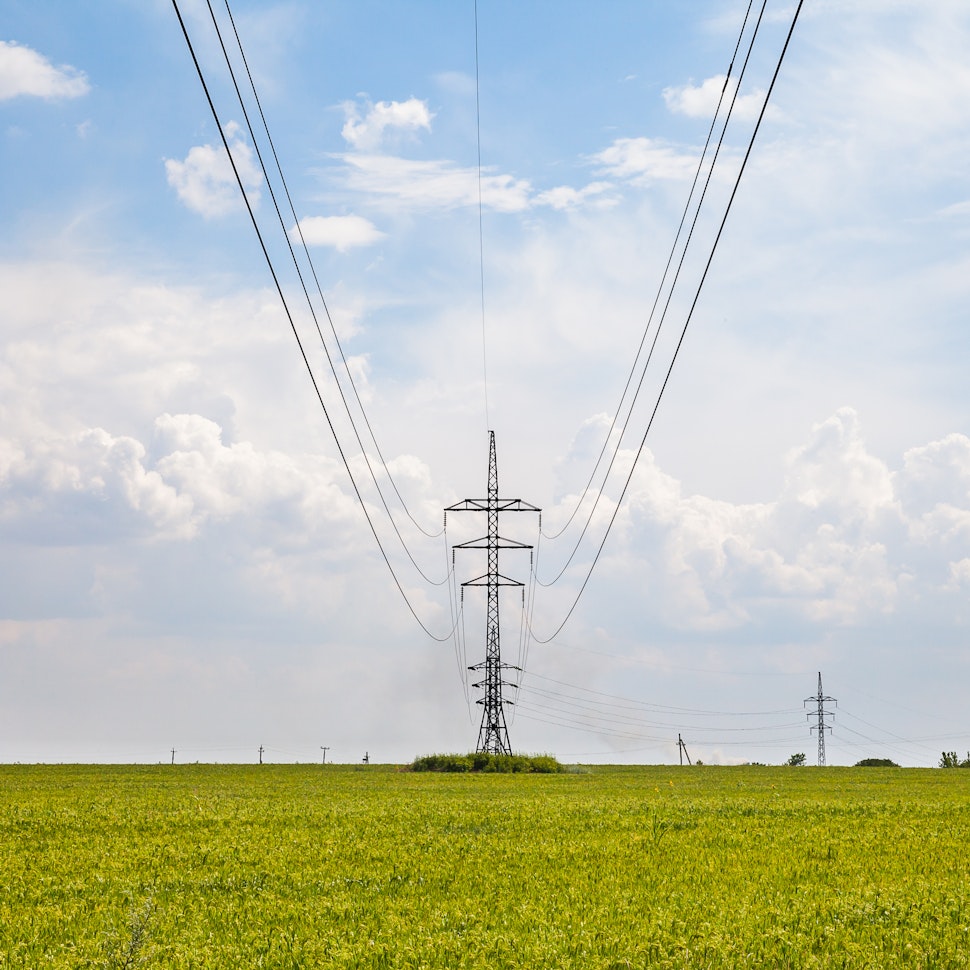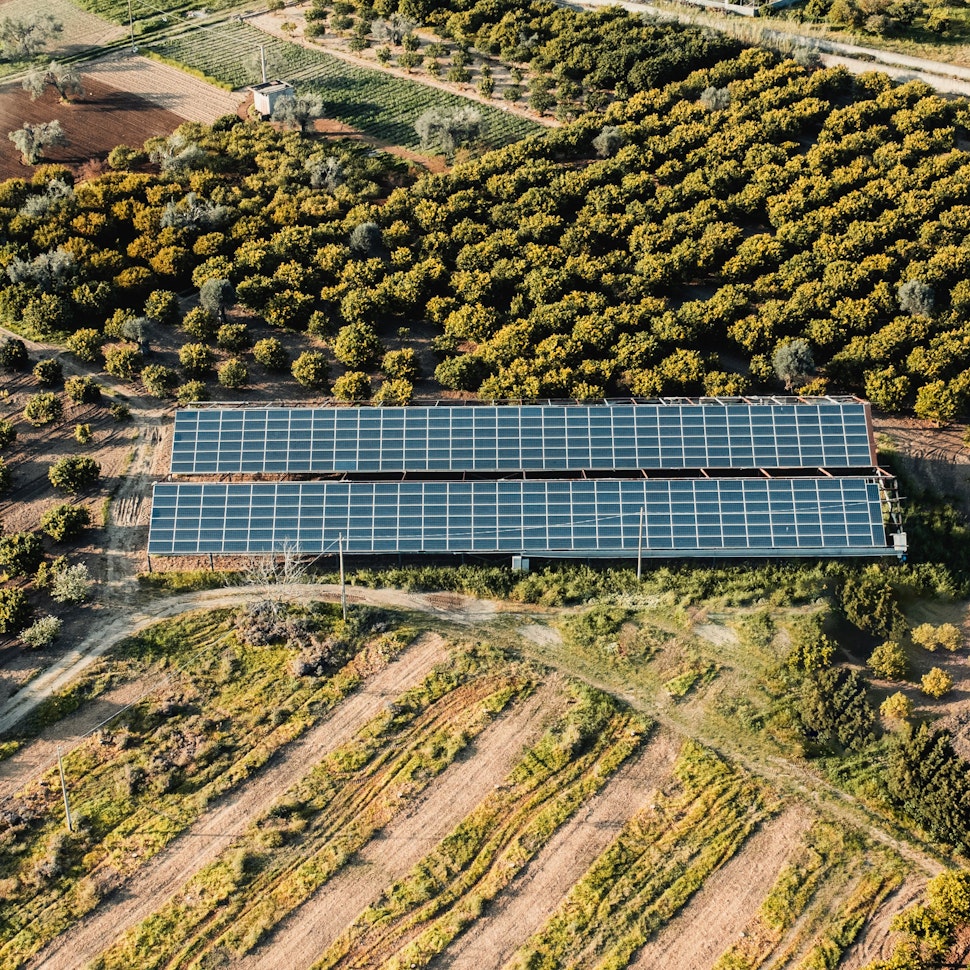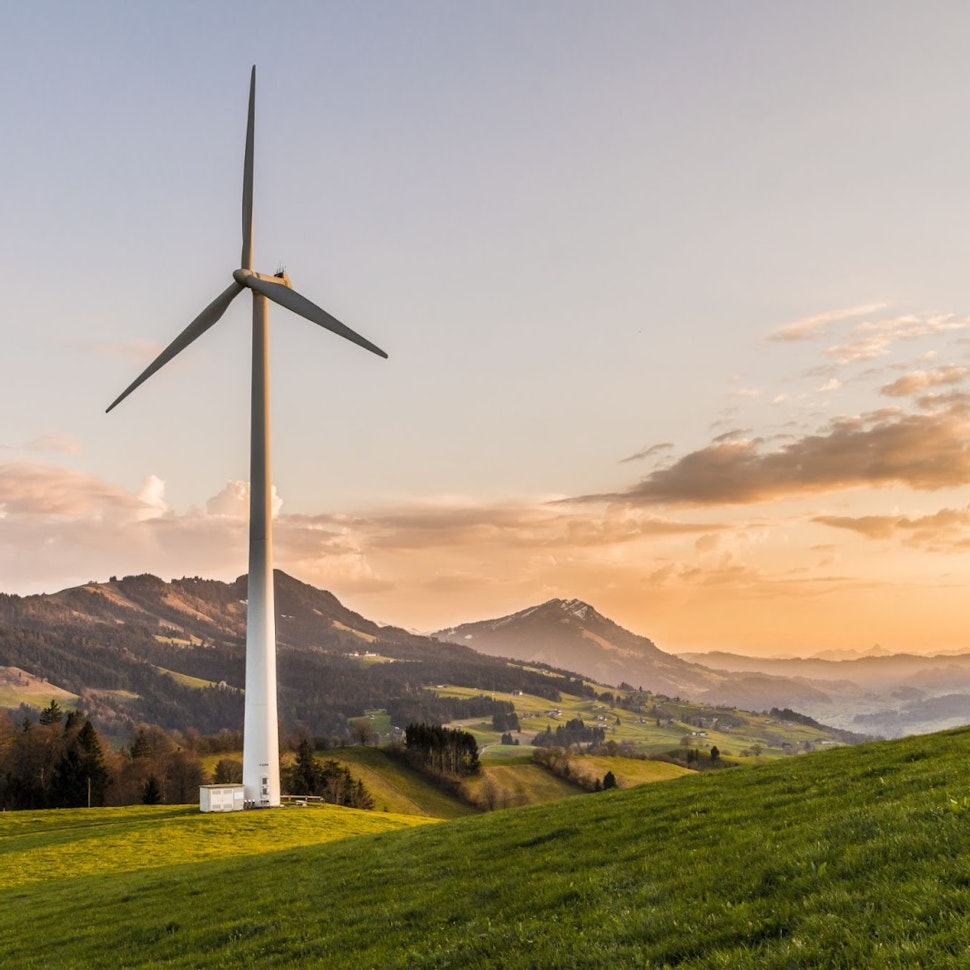- Solar energy blog
- U.S. solar manufacturing grows fourfold, thanks to Inflation Reduction Act
U.S. solar manufacturing grows fourfold, thanks to Inflation Reduction Act
Find out more about the Inflation Reduction Act and how it has increased U.S. solar manufacturing capacity fourfold since the legislation passed in 2022.


Laura Rodríguez
Territory Manager Oceania & Nordics
Laura is a renewable and software industry sales professional, currently working at RatedPower as Territory Manager Oceania & Nordics. With a background in International Business and International Trade, Laura previously worked in the business strategy area in various companies as well as as a market analyst for the Government of Spain in Australia.

Content
The U.S. Inflation Reduction Act delivered on its promise: Solar panel manufacturing capacity has increased fourfold since the legislation passed in 2022, up by over 10 GW to push national capacity beyond 31 GW. Driven by incentives, the utility-scale segment has also added 7.6 GW in the second quarter, a 59% jump year-over-year.
Let’s look at the Inflation Reduction Act, how it’s benefited U.S. solar manufacturing so far, and whether this trend will continue.
What is the Inflation Reduction Act (IRA)?
Want to learn more about global renewable trends? Download the 2025 Renewable Energy and Solar Research Report to unlock essential insights on the renewables industry. With expertise from our survey and data from solar simulations on RatedPower, the Report explores trends, challenges, and solar design preferences.
Described as the most significant climate legislation in U.S. history, the IRA allows businesses to claim a percentage of their investment in renewable energy systems to lower their federal taxes. It provides several types of tax breaks, depending on when a system becomes operational.
-
Investment Tax Credit (ITC) for energy storage, microgrid controllers, fuel cells, and certain geothermal and combined heat and power systems placed in service on or before December 31, 2024.
-
Production Tax Credit (PTC) for technologies like biomass, landfill gas, hydroelectric, and marine energy placed in service on or before December 31, 2024.
-
Clean Electricity Investment Tax Credit (replaces the ITC) for capital spending on facilities that generate clean, zero-emission electricity on or after January 1, 2025.
-
Clean Electricity Production Tax Credit (replaces the PTC) for any net-zero electricity-generating facility that comes online on or after January 1, 2025.
Additional incentives are on the table for projects that meet specific criteria:
Extra credits are available for domestic content and siting incentives (projects using US-made products or located in designated energy communities or tribal lands).
Projects located in low-income communities or those involving qualified residential initiatives (like home energy efficiency programs or rooftop solar installations for homeowners) are also eligible for enhanced tax credits.
Notably, the act introduces a direct pay option that allows non-taxable entities (like state and local governments) to monetize credits directly with the IRS. These entities can now sell their tax credits to tax-paying companies to raise new funding.
How the IRA benefited U.S. solar manufacturing
Igniting PV manufacturing projects
Unsurprisingly, the IRA has ignited a wave of PV manufacturing projects across the U.S.
NorSun (a Norway-based company) is investing $620 million to establish its first U.S. solar manufacturing facility in Tulsa, Oklahoma. Producing silicon ingots and solar wafers, this 5 GW facility will create 320 jobs and potentially expand production up to 10 GW.
Vietnam-based Boviet Solar has also announced plans for a $294-million manufacturing site in Greenville, North Carolina. The plant will create 908 jobs and produce solar panels and photovoltaic cells.

Powering solar farms and critical energy contracts
Beyond factories, the IRA is helping to power up solar farms and lock in critical energy contracts.
For example, National Grid Renewables is making strides with its third solar project in Texas, the Blevins solar project in Falls County, which is slated to be operational by late 2025. The 270 MW plant will supply 125 MW to Fujifilm and 145 MW to Bristol Myers Squibb under recently signed power purchase agreements.
Meanwhile, Avangrid has started installing the first of approximately 105,000 solar modules at its Camino solar project in California. Located adjacent to the company’s 189-MW Manzana wind farm, Camino is Avangrid’s first solar project in the state and its 10th nationwide.
Expanding existing production lines
In 2024, the U.S. solar industry experienced another record-breaking year, installing nearly 50 gigawatts of direct current (GWdc) of new capacity, a 21% increase over 2023. This marked the second consecutive year of record growth, with solar accounting for 66% of all new electricity-generating capacity added to the U.S. grid. A key driver of this expansion was the unprecedented growth in domestic solar module manufacturing.
U.S. capacity surged by 190% year-over-year, rising from 14.5 GW in 2023 to 42.1 GW by the end of 2024 and surpassing 50 GW in early 2025. Much of this manufacturing boom was concentrated in the South, with Texas and Georgia leading the way at 8.6 GW and 8.4 GW, respectively. Additionally, 2024 marked a significant milestone as solar cell manufacturing returned to the U.S. for the first time in five years, with Suniva restarting its 1 GW factory in Georgia.
The first quarter of 2025 saw a slowdown in installations, with 10.8 GWdc added, a 7% decrease from Q1 2024 and a 43% drop from Q4 2024. It marks the fourth-largest quarter on record, with solar accounting for 69% of all new electricity-generating capacity added during that period. Meanwhile, domestic solar module manufacturing continued to expand, adding 8.6 GW in Q1 and bringing total capacity to 51 GW. ES Foundry became only the second domestic cell manufacturer when it launched a 1 GW factory in South Carolina in January 2025.
These benchmark-setting deployments have cemented solar’s position as the nation’s leading source of new power.
Will the trend continue?
While the U.S. solar industry is seeing unprecedented growth, analysts flag three critical challenges that may impact the pace of future developments:
1. Interconnection backlogs and grid connection bottlenecks
There is still a substantial number of energy projects in interconnection queues. The potential power output of all solar projects awaiting grid connection has reached 1,080 GW, with hybrid solar-battery plants making up 571 GW or 53% of this total. The influx and the delays are causing high cancellation rates and stalling projects.
2. Shortages in skilled labor
The number of solar professionals can’t keep up with the demand. The Bureau of Labor Statistics projects that skilled solar workers will increase only by 22% by 2033, much less than the 48% increase necessary to meet industry demands.
Current labor shortages span across roles, from project management to system design and operations. This issue may further complicate project rollouts and escalate costs if not addressed.
3. Impact of new tariffs and political uncertainties
The current administration’s 10% tariff on Chinese solar materials (in addition to similar tariffs on Canadian and Mexican energy imports) is also threatening to stifle growth.
The move brings the total duties on Chinese polysilicon, wafers, cells, and other solar components to 60%. These trade barriers will make it more expensive to establish domestic solar manufacturing bases, as China holds 89% of the solar-grade polysilicon market.
The government’s decision to freeze federal disbursements for climate and energy spending has also caused several announced solar factories to be put on hold.
Premier Energies has decided to shelve a solar cell plant pending clearer regulations, and KORE Power canceled its battery manufacturing project in Arizona.
Whether you’re navigating the interconnection queue, evaluating pricing potential or selecting the perfect parcel, Enverus PRISM® gives you the clarity and confidence to move forward. Enverus PRISM has Congestion Analytics and nodal pricing insights that help developers identify high-value locations with strong interconnection potential and favorable market dynamics. Click here now to see a quick product tour.
U.S. solar manufacturing’s future outlook
The SEIA-Wood Mackenzie Q3 2024 report predicts temporary dips in the distributed solar market for 2025, mainly because 40% of residential and 60% of commercial and community solar projects rely on imported modules. New levies may cause installations in this segment to drop by 4% to 5%.
That said, the future outlook for U.S. solar manufacturing remains broadly positive. The IRA has solidified solar’s position as a new electricity supply for the U.S., and this momentum is expected to persist.
Latest stories
Related posts
Market analysis
From sun to socket: What Iberia’s grid needs to handle 2030 renewable targets
Discover how Spain and Portugal are upgrading their grids to meet ambitious renewable targets and prevent future blackouts.
Updated 25 NOV, 25

Market analysis
France’s land challenge in the solar energy boom
Explore why France’s solar expansion faces land-use limitations, local resistance, and complex permitting, despite having space to grow.
Updated 18 NOV, 25

Market analysis
What is the state of renewables in Germany 6 months since the elections?
Explore how a new conservative-led coalition and a €500 billion investment plan will impact Germany’s renewable energy sector and European climate policy.
Updated 13 NOV, 25

- RatedPower
- Solar energy blog
- U.S. solar manufacturing grows fourfold, thanks to Inflation Reduction Act
 Watch a demo
Watch a demo Ask our AI Product Expert
Ask our AI Product Expert

